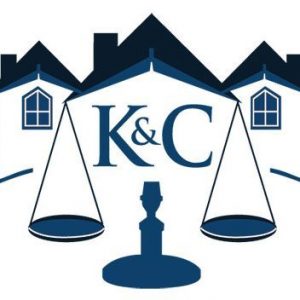Declarant/Developers of Community Associations love to reserve themselves rights within the Declaration that extend far beyond their Declarant control powers. This is nothing new. But when a Homeowners Association puts it foot down, who will end up on top? It depends on how all the sections in the Declaration read together, and as this case shows, ambiguity does not favor the Declarant.
Facts
In a 2019 case, a court had to interpret the Declaration governing an HOA (subdivision) and determine who was right. The Developer, after turning over control to the homeowners, sold the final lot to a buyer with a planned home that did not fit the specifications of the Declaration. While the Declaration had a provision saying the Developer had exclusive control over the initial construction of all homes, there was another provision in the Declaration saying that the HOA Board has architectural control rights and the power to enforce them. The HOA Board denied the planned nonconforming home, and the Developer sued the HOA for interfering this his contract, and asked the Court to interpret the parties’ rights under the Declaration.
Court Rulings
The trial court found in favor of the HOA on a summary judgment motion, and the Court of Appeals affirmed the decision. The Court found the two provisions discussed above to be in conflict and ambiguous, commenting that “the developer ‘cannot have sole discretion [in how it wished to build a home on Lot 13] yet also give the enforcement authority to the HOA.’” Adding insult to injury, the court also found that the attorneys’ fee-shifting provision in the Declaration applied in this case and ordered the Developer to pay the HOA’s attorneys’ fees.
Lesson
If your HOA’s Declaration has a provision that grants the Declarant/Developer controlling rights after the power is turned over to the owners, do not assume that provision will ultimately stand up in court.
Assured Administration LLC v. Young, 2019 WL 4745254 (Ct. App. OH)
If you have any questions, please feel free to contact us.


